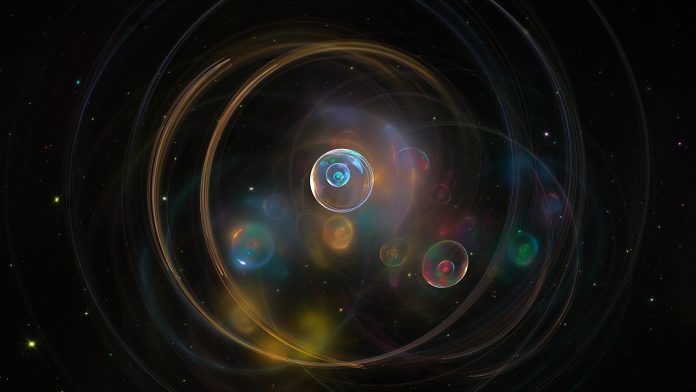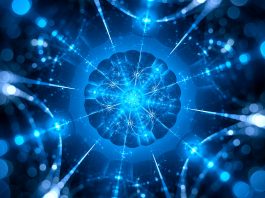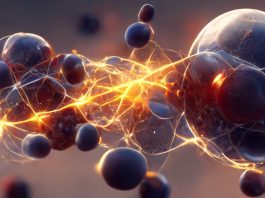Rice researchers successfully prolonged quantum interactions in an experimental system nearly 30-fold by using ultracold temperatures and laser wavelengths to generate a ‘magic trap’ that helped delay the onset of decoherence.
Quantum interactions promise faster computing, enhanced drug development, and new sensing applications. However, they are difficult to study experimentally since most systems can only sustain quantum effects for a short time.
“The reason why quantum physics’ mysterious features tend to vanish so quickly is a process called decoherence,” said Kaden Hazzard, associate professor of physics and astronomy at Rice University and a corresponding author of the study.
“The bigger the system and the larger the couplings to the surroundings, the more the system will behave in a classical, non-quantum fashion ⎯ and you lose your ability to investigate things at the quantum level.”
The research, ‘Second-scale rotational coherence and dipolar interactions in a gas of ultracold polar molecules,’ was published in Nature Physics.
A new arena to study quantum interactions
The study is the first experimental demonstration of its kind and provides a new arena to study quantum interactions.
Simon Cornish’s group in the Department of Physics at Durham University collaborated with Hazzard and his group at Rice to cool molecules to a billion times below room temperature to create a unique quantum mechanical system.
They then set those molecules to rotate quantum interactions mechanically ⎯ a situation analogous to molecules aligning and rotating clockwise and counterclockwise simultaneously ⎯ using microwave radiation.
Cornish explained: “When you cool atoms or molecules to these extremely low temperatures, you can control them with light.
“You can use lasers to push on the atoms and make them go where you want them to. You can also use lasers to trap or hold them, giving you a level of precision and control you wouldn’t have normally.”
Generally, the coherence of this rotating behaviour in the ultracold molecules decays over a very short amount of time.
Before now, the longest recorded quantum state of rotating molecules was measured at 1/20 of a second.
A magic wavelength of light
The researchers were inspired by theoretical work by Temple University’s Svetlana Kotochigova that suggested a certain ‘magic’ wavelength of light could preserve quantum interactions for longer.
When the group applied this theory in the laboratory as a new experimental technique, they created a magic trap which kept the molecules rotating quantum mechanically for a significantly longer time.
While Hazzard thought this magic laser trap might increase quantum coherence by two- or three-fold, he was shocked to see it kept the molecules uniformly rotating for nearly 1.5 seconds ⎯ a 30-fold increase.
“While I’m not surprised it worked, I’m definitely surprised at how well it worked,” he said.
He concluded: “Even though quantum interactions sound like a very exotic thing, they’re actually responsible for things we see every day, from how metals conduct electricity to how fusion is produced by the Sun.
“If you want to make new materials, new sensors or other quantum technologies, you need to understand what is happening at the quantum level, and this research is a step toward achieving new insights.”









